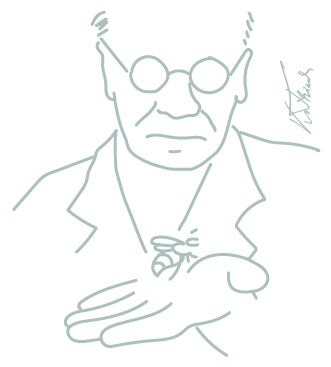EDITORIAL
Keywords:
HoneyAbstract
The relationship between honey and humans has woven a deep bond and evolved in a fascinating manner throughout history, from ancient times to the present. The connection between bees and human society is evidenced by images of bees imprinted on coins, which can have various meanings and purposes, ranging from cultural symbolism to the economic and environmental importance of bees. Honey has played significant roles in the nutrition, medicine, culture, and economy of various civilizations. The multifaceted relationship between bees, honey production, and consumption has been documented in diverse cultures around the world, becoming a symbol of health, prosperity, and spirituality.
The oldest evidence of human honey consumption dates back about 8,000 years, found in the rock paintings of the Araña Cave in Spain. Honey has been valued and used for various purposes by kings, philosophers, and scientists. Due to its healing and antibacterial properties, Hippocrates (460-370 BC), the "father of medicine," used honey to treat various diseases. Its ability to remain unaltered for long periods is due to its high content of simple sugars, providing quick energy when consumed.
The mystique surrounding the last Pharaoh of Egypt (Cleopatra, 69-30 BC), who used honey during her personal care rituals for its moisturizing and rejuvenating properties, and leaders of the Roman Empire (Mark Antony, 83-30 BC, and Emperor Augustus, 63 BC-14 AD) who regularly consumed honey to maintain their health and vitality, popularized its use among the Roman elite. This legacy has contributed to the enduring perception that this natural product is valuable as both a food and medicine.
Downloads
Published
How to Cite
Issue
Section
License
Copyright (c) 2024 Cristina Renee Salgado

This work is licensed under a Creative Commons Attribution 4.0 International License.
Authors who publish with this journal agree to the following terms:
- Authors retain copyright and grant the journal right of first publication with the work simultaneously licensed under a Creative Commons Attribution License 4.0 that allows others to share the work with an acknowledgement of the work's authorship and initial publication in this journal.
- Authors are able to enter into separate, additional contractual arrangements for the non-exclusive distribution of the journal's published version of the work (e.g., post it to an institutional repository or publish it in a book), with an acknowledgement of its initial publication in this journal.
- Authors are permitted and encouraged to post their work online (e.g., in institutional repositories or on their website) prior to and during the submission process, as it can lead to productive exchanges, as well as earlier and greater citation of published work.





